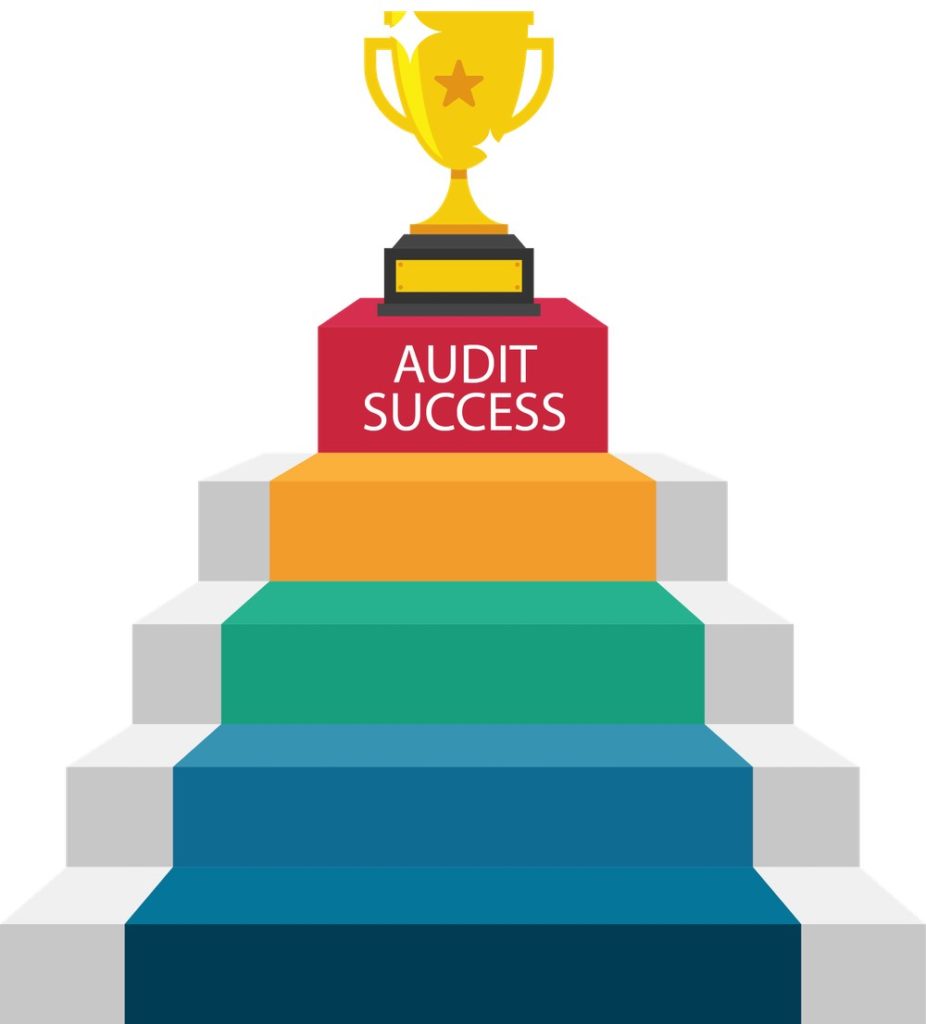Employer Costs
Compensation costs for private industry workers increased 2.7% in 2019 compared to an increase of 3% the year before, according to the Department of Labor. Wages and salaries increased 3% in 2019, a tick under the 3.1% rise in 2018. Benefit costs rose 1.9%, with health insurance benefits rising 2.2%. That was also lower than 2018, when benefit costs increased 2.6%.
Boomers Unprepared
The Insured Retirement Institute (IRI) reports that about 45% of Baby Boomers have saved nothing for retirement. So it’s not surprising one-third of baby boomers plan to retire at age 70 or older or not at all, and another third of employed boomers ages 67 to 72 postponed retirement, according to IRI.
Job Happy
Looking for your first job or to advance your career? Follow the jobs. According to the Bureau of Labor Statistics, Texas, California and Florida created more than 800,000 new jobs from December 2018 to December 2019. Texas registered the highest number of new jobs at 342,800, but 25 other states also saw an increase in jobs. Utah, Idaho and Arizona led the way in percentage increases.
Income Up
The median weekly income of fulltime workers rose a healthy 4.0% in 2019, increasing from $900 in 2018 to $936 last year. Women saw their weekly median earnings rise to $843, which was 82.5% of the $1,022 median for men. While men saw their income rise 2.9%, women had a 6.2% increase last year, making up a little lost ground. Inflation, as measured by the Consumer Price Index for All Urban Consumers (CPI-U) over the same period, rose just 2.0%.





